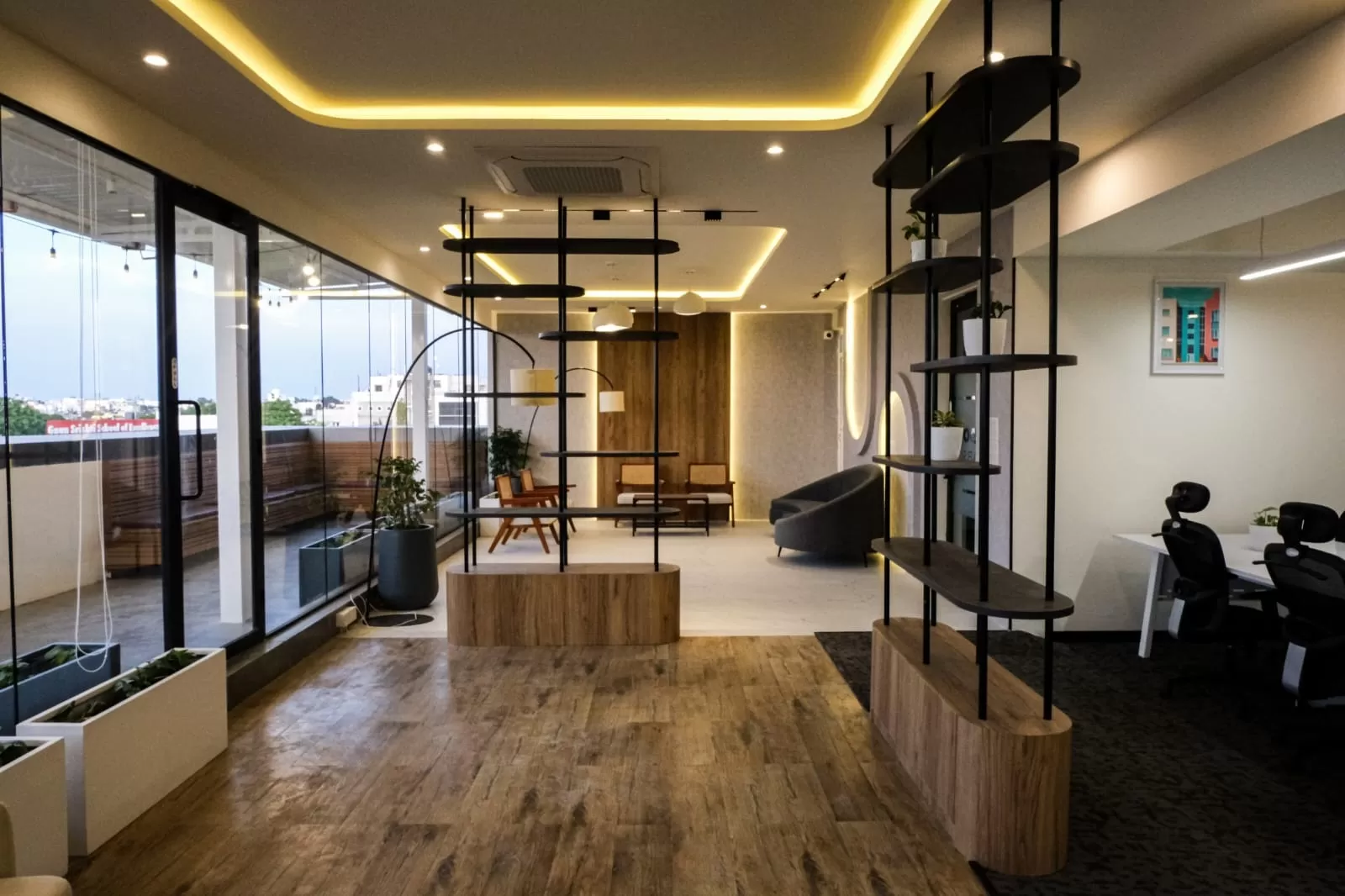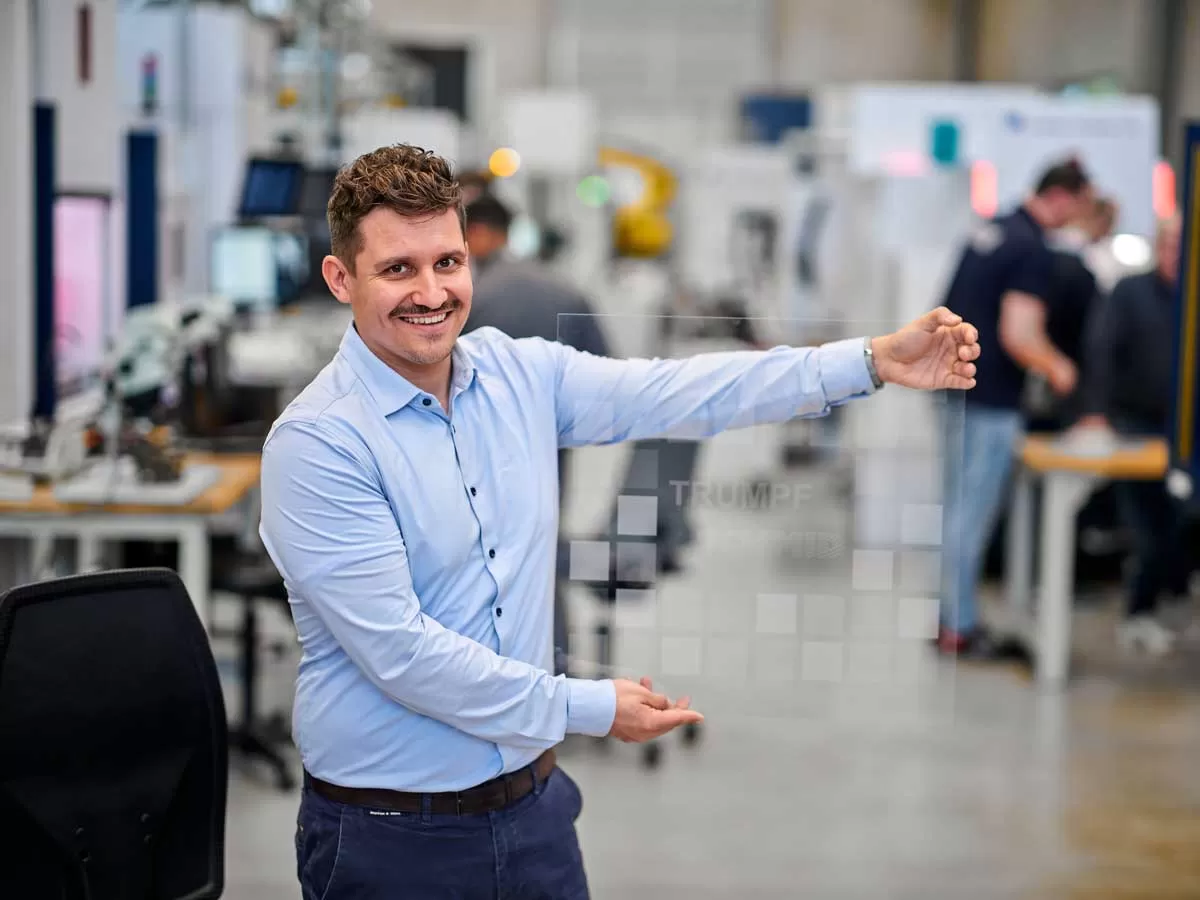Design Build is a concept that is fast gaining ground in India as an efficient, effective way of maximising time and resources and streamlining project execution, as CW’s Roundtable discusses.In a fast-changing yet increasingly connected world, there are trends and themes that are creating an impact on every industry, such as urbanisation, technology, climate change, and changing demographics. The construction industry, too, is not immune to this impact and the convergence created by these changes. With this in mind, CW recently organised a roundtable discussion in Delhi that focused on an upcoming trend: ‘Design Build’.Moderator Sandeep Sethi, Chair-Corporate Solutions & Managing Director, IFM-West Asia, JLL, opened the discussion saying, “When you look at what is happening from an urbanisation perspective in India, the outlook suggests that about 700-900 mn sq ft will have to be added in the country in the next 10 to 11 years. That is almost like a new Chicago coming up every year.” When growth is required at such a scale, it will certainly put a lot of pressure on the whole system. “It requires us to relook at how we scale up because it is not just about building, it is about building responsibly, looking at contracting models, and basically looking at things from a different lens.” In context to the world of construction, Sethi added that Design Build has become a viable alternative to traditional methods, where there were many stakeholders. In the Design Build approach, some stakeholders, such as the architect, will be responsible just for the design; there will be a contractor who executes; and there will be specialist contractors for the HVAC, plumbing and electrical services. So, in this method, there is convenience, and all stakeholders work in a collaborative manner. An alternative to old waysCompared to two decades ago, the entire concept of designing, execution and development of a project has entirely changed. “In India, as Sethi mentioned, we may be adding a Chicago every year, but the challenge that we continue to face today is in terms of regulators,” said Pradeep Jain, Chairman, Parsvnath Developers. “We are unable to build world comparable properties.” He gave the example of Chicago, where there would be different kinds of structures. But if you see in the capital city of Delhi in Connaught Place, you are not allowed to build more than 10 floors with an FSI of 1.5. Also, there is lack of social infrastructure. So, the alternate would be if the government gives us a higher FSI to rebuild buildings, which is comparable to the developed world. For example, the FSI in Singapore is 12, 15 or 20. And, we are surprised to see buildings in Manhattan that are 100-200 storied. Hence, we may compare to Chicago and Manhattan, but we are unable to build what they do.”GRIHA talks about minimising resources – the waste generated on the project site should be minimal and resource-efficient. “So, Design Build becomes critical for a rating body as well, where we would not have to deal with a number of project proponents,” said Shabnam Bassi, Fellow, TERI, and Secretary, GRIHA Council. “If it is a single-point entity, it becomes extremely useful because the quality and expectations of the projects are set well in time. If sustainability and green are what you want to achieve as an ultimate outcome – and if this is run by a single point with the philosophy decided much before the project is conceived – the outcome will be evident in the project. Else, there could be a challenge where the developer and architect think differently, and this does not necessarily come out as a perfect combination. As the construction industry is evolving, this is the right time for Design Build – it will talk about resource efficiency and reducing the carbon footprint.” Amid the discussion, Sethi posed an interesting question: While there is a perception that Design Build is more suited for large projects, could it be applied to smaller projects as well?Sushil Choudhury, Presidential Member, ISHRAE, responded in affirmation. “Be it a large-scale project or a small-scale one, this is the way to go in future.” Speaking from his background, he said, “There is always a war between the architect and HVAC system design. We need spaces to install our HVAC systems and we are always told there is a shortage of space for providing adequate ducting. Also, today it is known that building systems are becoming more and more complex in terms of HVAC and lighting systems. And this certainly calls for an integrated approach to designing and building.” The smart cities approachSethi further went on to extrapolate the entire discussion to smart cities. Considering the premise of smart cities is user-friendliness, environmental-friendliness, timeliness of completion and sustainable solutions, what role could Design Build play in building smarter cities quickly?Admittedly, there is still not much clarity on the many aspects required to be covered under smart cities. “A lot of it is still in the planning and designing stages,” said Arun Sahai, COO, Ahluwalia Contracts (India). “We still have to come out with a concept of what we call smart. Any modern city may not be smart – it needs many features that are still being spelt out. The city has to provide all necessities on all fronts and in the most efficient way.” Being part of the BIS committee, Sahai sees a lot of work still in process with a lot yet to be executed in the 100 cities the government plans to retrofit as smart cities.“A city is all about concentration of energy, commerce, power and entertainment,” said Ar Abhigyan Neogi, Founder, Chromed Design Studio. He added that in India, theoretically, there are five to six cities; the entire country starts moving towards the main city and we start focusing all our energy on these cities. If we disintegrate this power and distribute it equally everywhere, that would be a smarter approach. Sethi observed that the consideration in smart cities or large projects is to create a flexible and agile environment. In this perspective, does Design Build as a model provide flexibility and ease of doing business to buyers or customers, or is it easier to manoeuvre your way through in a traditional model?This depends on the way the smart city is being planned, said Jain. He gave the example of Connaught Place in Delhi: “The Delhi Government is talking about Connaught Place with Wi-Fi as a smart city. But does that mean it is a smart city?” He went on to compare this with a city like Amravati – if you are developing an entirely new city with social infrastructure 50 years ahead, including facilities, complete designing, roads, etc, then that’s a smart city. “If Connaught Place has to be converted into a smart city, much more needs to be done to compare it to the world’s smart cities, and Design Build is certainly the best approach for such projects.”Citing the approach outside India, Jain continued, “In Dubai, for any project – big or small – the focus is first on 100 per cent design, then 100 per cent procurement, followed by construction. With all the approvals being in place, there are no downfalls.” The integrated approachBassi talked about the benefit of Design Build in bringing in an integrated approach. Sethi’s question was: How do you think that could impact transparency from a project owner’s perspective? Project owners are cost-conscious and cost-sensitive and in a traditional model, they are in complete control. But in Design Build, you have to let go.“Definitely, sharing costs becomes critical when it comes to implementation,” said Bassi. “But if you look at other positive aspects of Design Build, there are certainly no cost overruns, substantial savings are achieved because one does not have to do design iterations, and one does not have to go back to the drawing broad.” These aspects could result in savings. She pointed to other critical aspects as well, such as contracting and transaction time, which usually goes waste in terms of project implementation and because of which projects these days get delayed. This also helps us reduce costs to a larger extent. This also means that what is achieved at the end of the day is of utmost quality and in sync with the original belief of the project. All these aspects are maintained by triggering just one thing: Design Build. The key is qualityThe key outcome of the discussion was the emphasis on quality. With the Design Build model being increasingly adopted, developers, architects and contractors will come together and work under one banner. Sethi asked a succinct question: How will this impact quality?To this, Neogi replied, “The architect contributes in terms of value to offer a better quality life. The contractor becomes the medium to achieve that value and the builder creates a kind of a financial model to understand if finance and the value brought in by the architect can coexist or not.” Here, it becomes important for architects to understand the business model when they design. He went on to give the example of commercial interiors: “Today, people have realised that they do not want to buy or rent houses anymore, with which we are having a co-living kind of a creation. When developers pitch in that we build a tower, as architects we define that this is the kind of cost rental you can achieve from this tower and ask to create a model. So the architect sits along with the developer and the third party (who could be someone with a vision) before they start the project to envision the kind of value versus the cost parameter. This is the true essence of Design Build, where I design on the basis of the kind of value I am going to extract out of a project.”For his part, representing a construction company, Sahai commented, “We construct EPC projects across India, and we see Design Build as the buzzword even in government projects.” He mentioned that the company is involved in the construction of five to six AIIMS medical hospitals and colleges and all are Design Build. Elaborating on the approach adopted, he added: The concept is given to the construction company to bid. They have to develop the design and give a budget as per a covered area basis; you give a lumpsum quote and that is how you get the project. If you are successful, you start a project with detailed designing drawings, because this is how you can save on time and cost. Considering the size of AIIMS, construction used to take seven to eight years. But with the Design Build approach, we are able to fast-track it to two to two-and-a half-years to complete the entire complex.”Certainly, successful construction work cannot be left to different parties to be done in parts – it has to be done in totality. And Design Build is a concept that takes up a project in totality, making one entity responsible, with no excuses entertained – you cannot blame a plumbing contractor, electrical agency, architect, or even the client for that matter! Not surprisingly, today, the major PSUs are floating tenders on Design Build because the size and volume of projects have grown, planning requires more efficiency, and fast-track management is required. In fact, as we see it, unlike the usual evolution starting from the private sector going to the government sector, Design Build appears to be a concept that the government has taken up, with the private sector following suit!

















